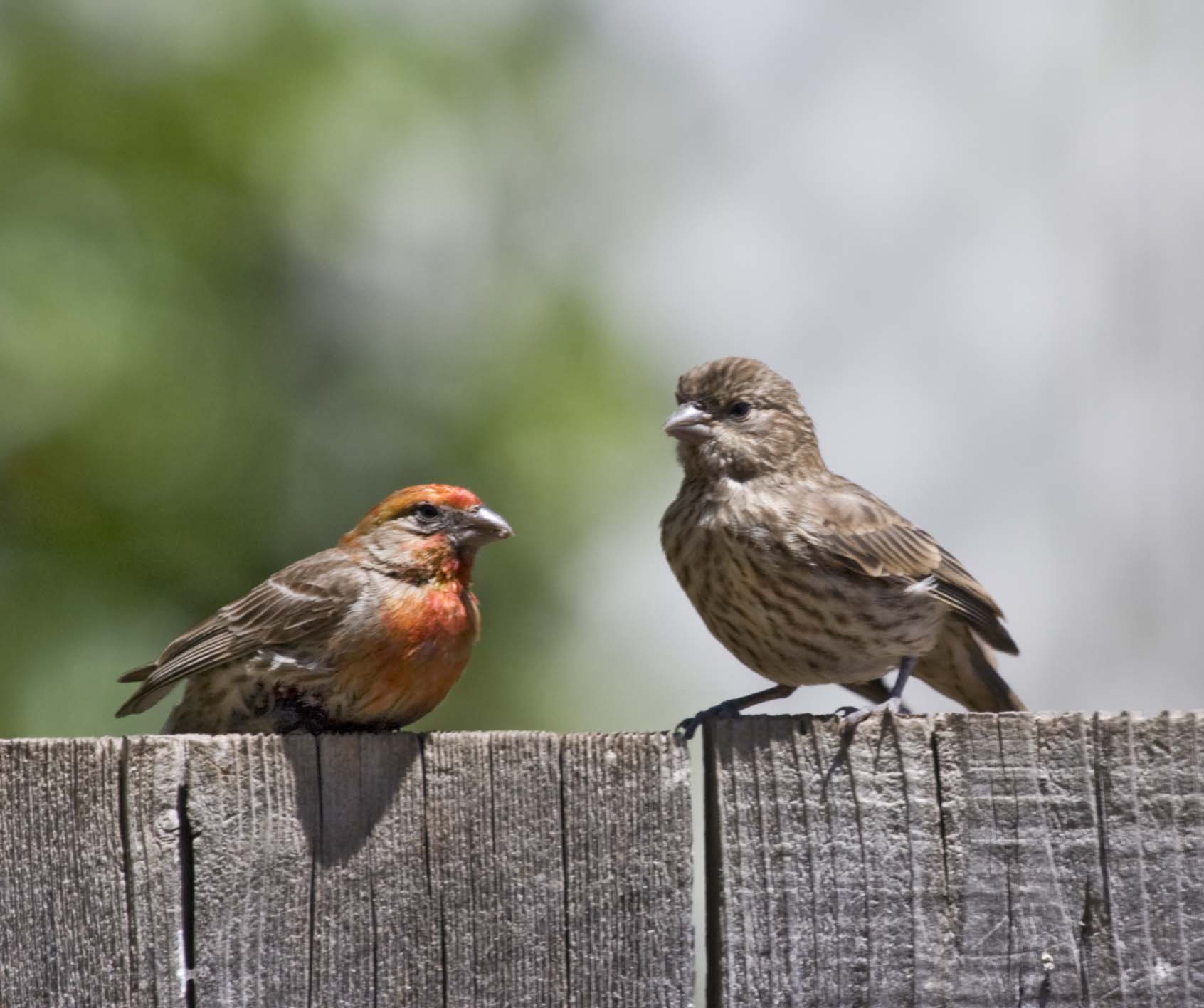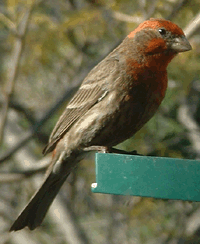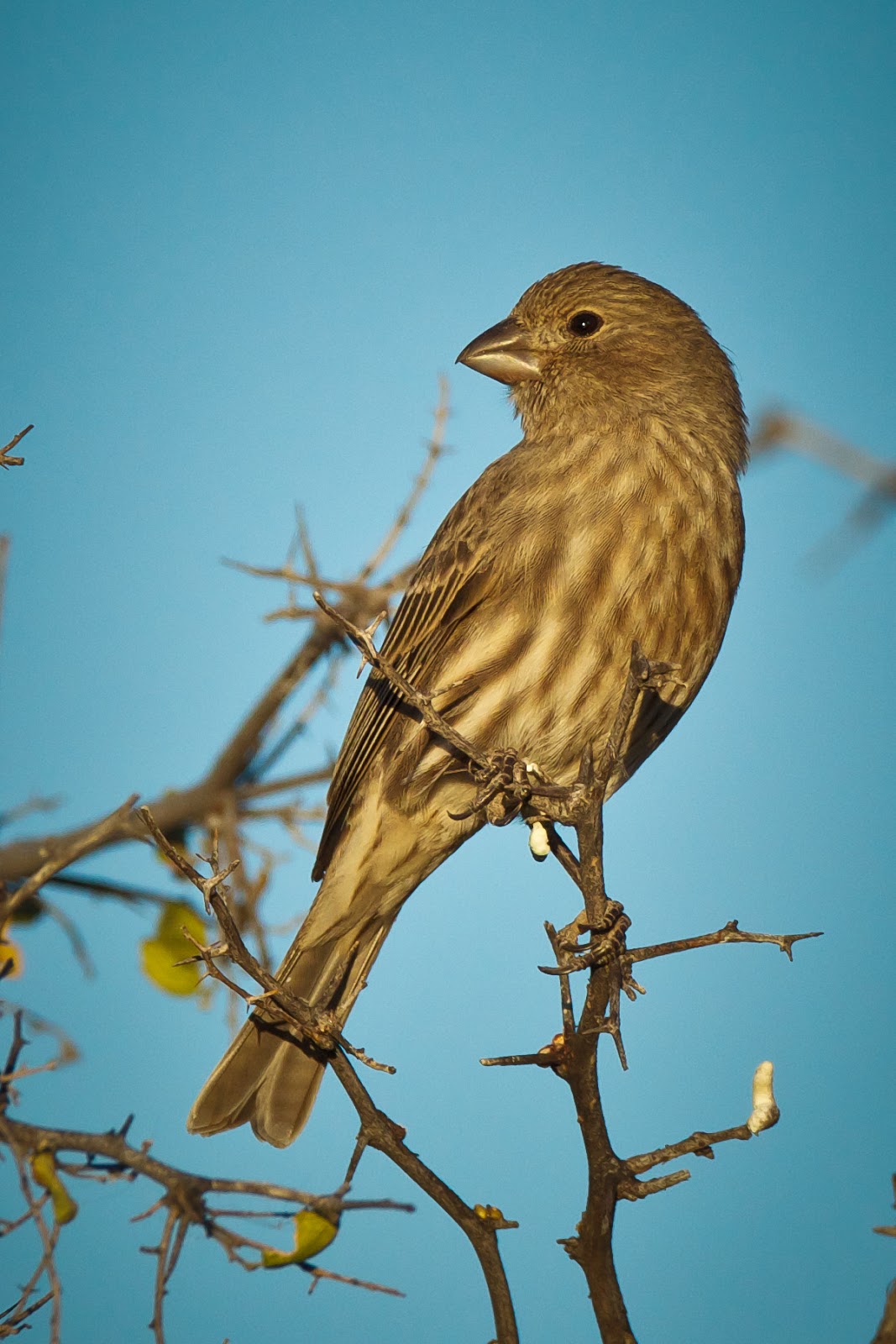
They may reuse the nest or use another Finches nest or build a new one using materials from the old nest. House Finches can raise as many as 3 brood each season. The young will leave the nest in about 11 to 17 days after hatching. Incubation is done by the female and the eggs will hatch in 12 to 14 days. The female lays 2 to 6 bluish eggs that are finely speckling. The nest is located 5 to 10 feet above ground. House finches will nest in a variety of artificial and natural cavities such as old woodpecker holes, hanging plants, and door wreaths, and occasionally birdhouses. The nest is cup-shaped and made of twigs, grasses, and leaves. The breeding season for House Finches can begin in March and go into August, depending on the success of broods.Īlthough bird watchers may see the male with nesting material, the female builds the actual nest. Several nests may be built before the actual nest where young will be raised is selected. The image below shows what a House Finch nest looks like with one egg inside. Most other birds try to defend both their mate and territory. One interesting detail is that the males will defend the female they're mated with and not be overly protective with defending territory. The males either mock feed or regurgitate food in the female's mouth.Īs with many songbirds, House Finches are monogamous. Interesting to note that pairs that stay together nest a little earlier than those that don't stay together.ĭuring courtship, females solicit food from prospective mates.


Many find new mates each breeding season. The term "mate for life" is a bit of a stretch with House Finches, even though some pairs stay together through winter and breed again the following season. Mating Habits Do House Finches Mate For Life The under-tail coverts are usually unstreaked. The female has a uniform brown-streaked head with broad brown streaking on the breast and belly. While females look similar to sparrows, there is no such thing as a Red Headed Sparrow or Red Headed Wren.

Many people think they are seeing a Red-headed Sparrow Bird. This difference in coloration is most likely due to the differences in regional diets. In some regions, the color red may be replaced with yellow or orange. I have seen other birds outer ears shown in various pictures/documentation. Alll other pictures were pretty standard, just him chilling/eating, but when the wind picked up, their feathers were ruffled quite a bit and I got a few of these pictures. The male House Finch has a length of about 5 1/2 inches, with red on the head, upper breast, and flanks. I was outside awhile back and was snapping some pictures of this house finch getting his grub on. House Finch Song Call Description What They Look Like Brown Bird With Red Head Fortunately for the birds and many of us, the House Finch adapted particularly well and now is a common bird in nearly every state.


 0 kommentar(er)
0 kommentar(er)
